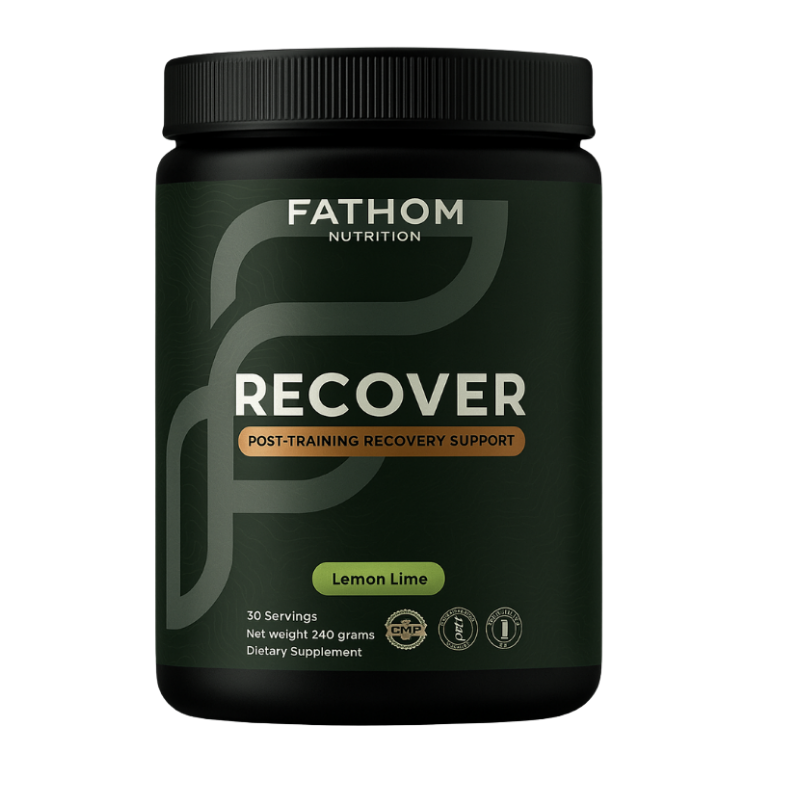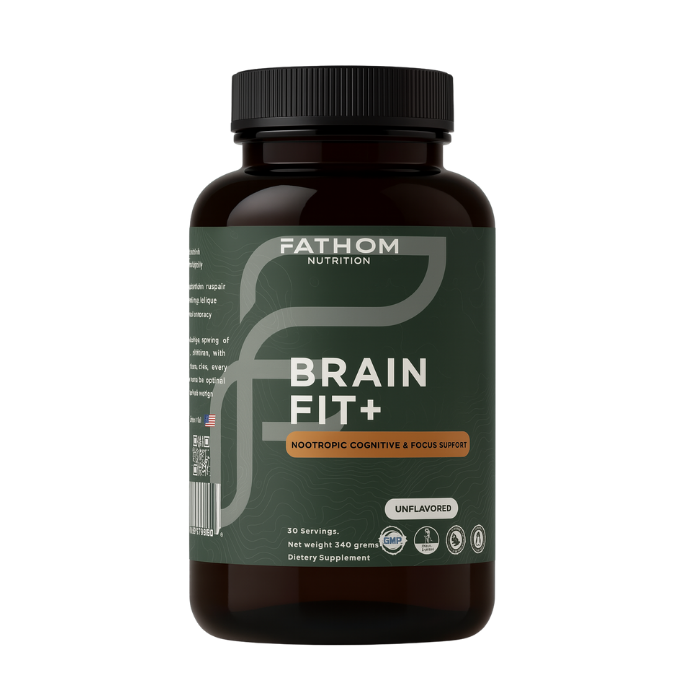Best Hybrid Athlete YouTube Channels: Where Physiology Meets Performance

There is a quiet shift happening in the world of fitness media. Scroll through YouTube today and you’ll see something different than you might have seen even three years ago. The pages filled with shredded bodybuilders doing biceps curls under neon lights and distance runners documenting their sub-ultra prep are still there, of course. But the most compelling new category—the one attracting both casual fitness enthusiasts and high-performance seekers—is something else entirely.
It’s the hybrid athlete.
Not just strong. Not just fast. But both. Capable across systems, durable under stress, and invested not only in outcomes but in physiology, recovery, and longevity.
And it’s not just the training that matters—it’s who’s teaching it. YouTube has become the largest open-source fitness university on the planet. The right hybrid athlete YouTube channels offer more than inspiration or entertainment. They offer frameworks. They model intelligent stress. They bridge the gap between brute force and biological literacy.
This article explores the best hybrid athlete YouTube channels in 2025. It’s not a list of influencer metrics. It’s a deeper look into who is shaping the future of performance education and why their content matters.
We’ll explore five channels that deliver real insight—grounded in science, informed by experience, and unapologetically human.
1. Nick Bare – Bare Performance Nutrition
Nick Bare is, in many ways, the archetype of the modern hybrid athlete. A former Army Ranger with a background in endurance sport and strength training, Nick approaches performance with a long lens. His channel blends daily training vlogs, structured programming deep dives, and thoughtful reflections on discipline, grit, and recovery.
But what sets Nick’s content apart is the structure. His videos are not just logs—they are lessons. Each training block is presented with context. We’re not just watching someone lift or run—we’re learning how he scales volume, manages stress, and adjusts macros based on performance data.
Nick’s channel is also valuable because of the consistency. The evolution from powerlifting to marathon running to Ironman prep was documented in full. It’s rare to find an athlete who shows not just peaks, but transitions. And if you’re someone who thinks long term—across years, not just seasons—that transparency is gold.
Relevant searches:
-
“hybrid athlete Ironman prep”
-
“Nick Bare training split”
-
“bare performance hybrid training program”
2. Brendan “Goob” Tyk – The Athletic Build
Brendan Tyk doesn’t have the largest channel on this list. What he has is clarity. His videos strip away performance theatre and get directly to what matters—biomechanics, programming, and honest conversations about what hybrid athletes need to do, not just feel.
What you’ll find here are breakdowns of conjugate methods for endurance athletes, metabolic stress sequencing, and long-form reflections on the reality of being a “jack of all trades” athlete in a world that often celebrates specialization.
He also spends time answering nuanced questions about interference—how to organize high-threshold intervals with heavy lifting, or how to preserve mobility while chasing both a PR deadlift and a sub-20-minute 5k.
Brendan’s channel may fly under the radar, but for those who think critically and want to understand the intersection of systems, it’s worth subscribing.
Relevant searches:
-
“conjugate method for runners”
-
“hybrid training interference effect”
-
“strength program for hybrid athletes”
3. Matt Choi – Mindset Meets Movement
If you want energy, raw honesty, and true passion for the process, Matt Choi delivers. A former D1 quarterback turned endurance runner and content creator, Matt brings a unique emotional depth to hybrid training.
His channel is less about strict programming templates and more about the lived experience of balancing modalities, building mental toughness, and using training as a platform for personal growth.
You’ll see long runs through city streets, upper body lifts in barebones gyms, mindset pep talks, and interviews with elite-level athletes and coaches. It’s not always prescriptive. But that’s exactly why it resonates. Matt shows that hybrid athleticism is not just a physiological pursuit—it’s psychological. It’s identity work.
In a space often dominated by max lifts and race times, his emphasis on internal states—resilience, discipline, humility—is a powerful shift.
Relevant searches:
-
“hybrid athlete mental toughness”
-
“Matt Choi marathon prep”
-
“hybrid mindset training”
4. Adam Klink – Real World Hybrid Programming
Adam Klink comes from the CrossFit world, but don’t let that mislead you. His content has evolved into something far more structured, data-informed, and performance specific.
His channel is especially useful for those coming from a strength background who are looking to integrate endurance work without losing power or muscular density. His hybrid programs typically blend Olympic lifts, zone 2 base work, threshold repeats, and smart mobility protocols.
One thing Adam does better than most is explain the why behind the how. If he’s adding hill repeats after a lower-body day, he tells you why. If he’s switching from high-bar to safety bar squats, you get the biomechanical reasoning. This kind of clarity builds trust—and makes the content actionable for anyone serious about performance, not just aesthetics.
He also brings in wearables, data tracking, and recovery tech regularly. If you’re looking to modernize your training stack, Adam’s breakdowns on HRV, sleep optimization, and strain management are useful starting points.
Relevant searches:
-
“hybrid training with HRV”
-
“Adam Klink strength and running”
-
“CrossFit to hybrid athlete transition”
5. Jeff Cunningham – The Coach’s Coach
Jeff doesn’t post flashy videos. What he offers is systems thinking. As one of the most respected hybrid coaches in the space, Jeff brings a deep understanding of periodization, biomechanics, and aerobic base building. His videos are often lectures, screen-shares of athlete data, or walkthroughs of weekly splits for real clients.
What makes his channel unique is its orientation toward teaching. You don’t just get workouts—you get the rationale. You learn how to build a mesocycle. You learn how to adjust for age, training history, and injury risk. His material feels more like a university course than a social media feed.
This is not entertainment. It’s education. And for athletes who want to coach themselves—or simply understand their own plan better—Jeff is an essential voice.
Relevant searches:
-
“periodization for hybrid athletes”
-
“Jeff Cunningham training philosophy”
-
“how to coach hybrid runners”
What Makes These Channels Different?
All five of these creators are doing something important. They’re pushing the hybrid athlete space forward by asking better questions. They don’t chase extremes. They chase integration.
They build bridges between disciplines. They blend subjective experience with objective data. And they communicate in ways that respect both physiology and psychology.
Most importantly, they create content that helps you think. Not just do.
If you’re serious about performance—real, sustainable, intelligent performance—then your inputs matter. What you consume shapes how you train, recover, and adapt. These YouTube channels aren’t just places to find workouts. They’re spaces to refine your mindset, upgrade your frameworks, and become more fluent in your own biology.
And that’s the real goal, isn’t it?
Not just to be stronger. Not just to run faster. But to understand the systems behind your performance well enough that you can evolve independently. With intelligence. With patience. And with a process that works for more than just a season.
Final Thought
Hybrid training is no longer an edge case. It’s a reflection of what most people want. Strength with purpose. Endurance with durability. Capacity across contexts.
If you’re seeking better resources, better input, and better models—start with these channels. Study how they think. Learn how they recover. Pay attention to what they prioritize.
The path to becoming a capable, resilient, high-performance human isn’t hidden. It’s just not always where you expect.
Sometimes, it’s one click away.











